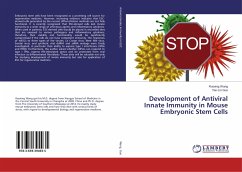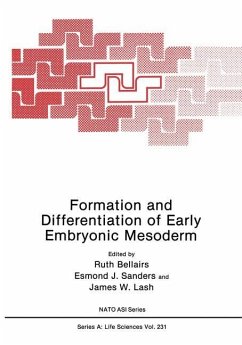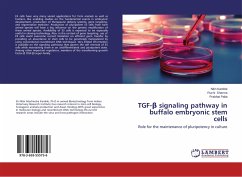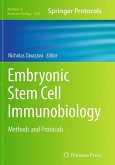Please note that the content of this book primarily consists of articles available from Wikipedia or other free sources online. Embryonic stem cells ES cells are pluripotent stem cells derived from the inner cell mass of the blastocyst, an early-stage embryo. Human embryos reach the blastocyst stage 4 5 days post fertilization, at which time they consist of 50 150 cells. Human embryonic stem cells are currently produced from surplus embryos of in vitro fertilization procedures. Embryonic stem cells are distinguished by two distinctive properties: their pluripotency and their capability to self-renew themselves indefinitely. ES cells are pluripotent, that is, they are able to differentiate into all derivatives of the three primary germ layers: ectoderm, endoderm, and mesoderm. These include each of the more than 220 cell types in the adult body. Pluripotency distinguishes embryonic stem cells from adult stem cells found in adults; while embryonic stem cells can generate all cell types in the body, adult stem cells are multipotent and can only produce a limited number of cell types. Additionally, under defined conditions, embryonic stem cells are capable of propagating themselves indefinitely.
Bitte wählen Sie Ihr Anliegen aus.
Rechnungen
Retourenschein anfordern
Bestellstatus
Storno








